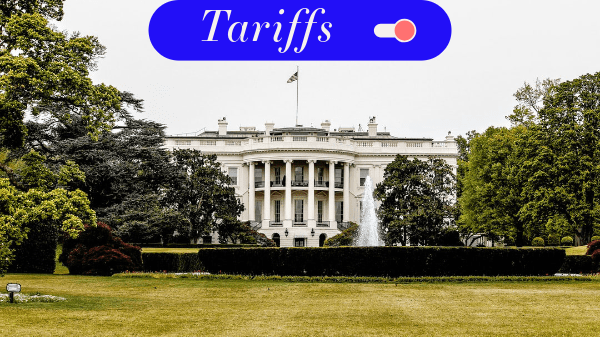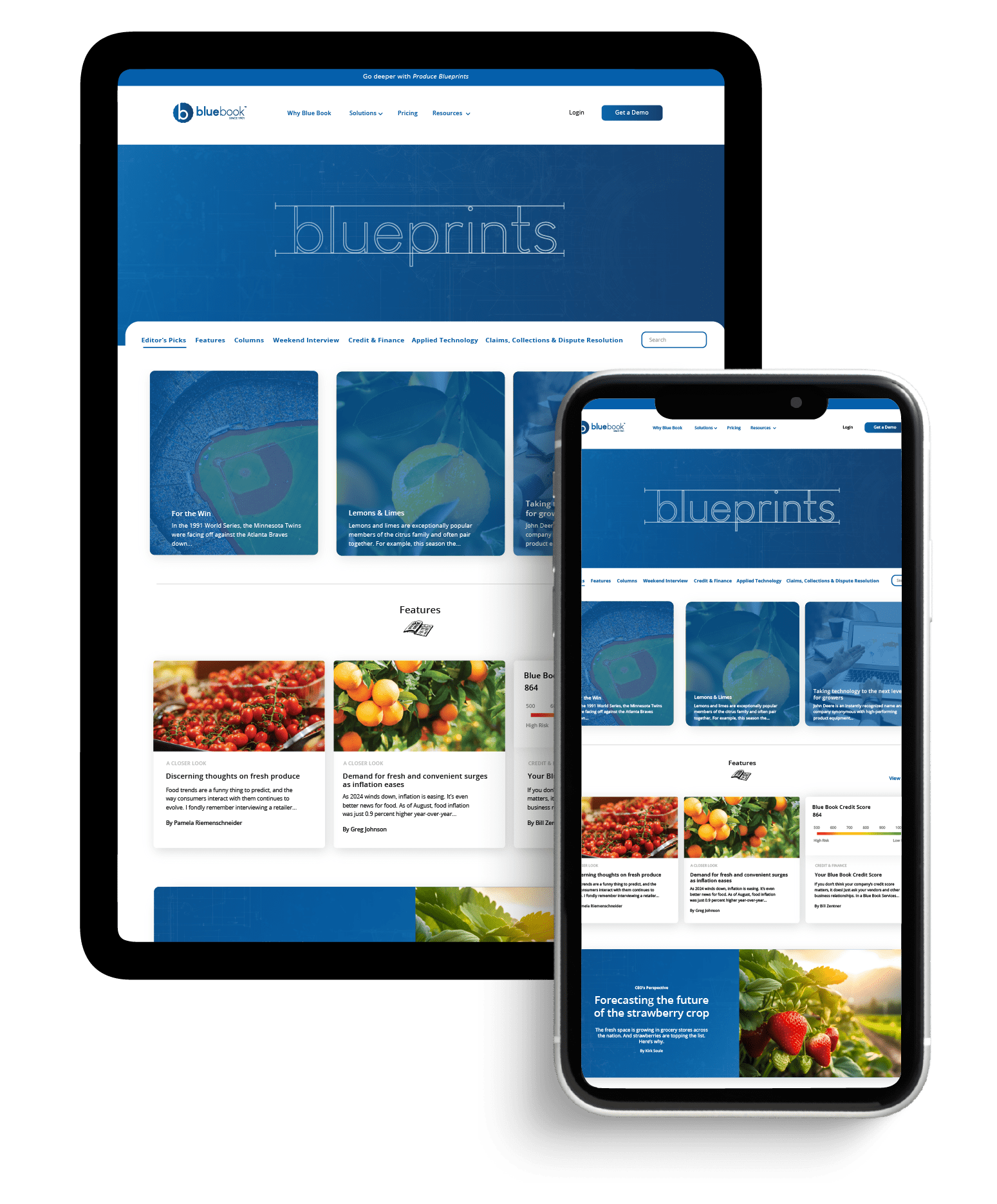Welcome to Blue Book!
Are you ready to join the thousands of companies who rely on Blue Book to drive smarter decisions? View our plans and get started today!
Still have questions? We’d love to show you what Blue Book can do for you. Drop us a line– we’ve been waiting for you.

This column was written by Andy Harig, Vice President, Tax, Trade, Sustainability and Policy Development for FMI BB #:162464 on April 8, 2025:
In 1999, I was working as a trade researcher at a Washington, DC think tank and snuck out one afternoon to catch a showing of Star Wars: The Phantom Menace.
The original Star Wars trilogy was such a significant part of my childhood that I felt a new chapter definitely warranted playing hooky. But that was a mistake. Among the (many) disappointments the film offered was the central conflict.
“A trade war?!” I thought, “We don’t even have trade wars on earth. Why the heck would they have them in a galaxy far, far away?”
But here we are.
We may not be in a full-blown trade war quite yet, but we are facing one of the greatest challenges the post-World War II global trade systems has seen. After last Wednesday’s announcement of broad “reciprocal tariffs” by President Trump, we are now facing the highest tariff levels in a century – a scenario that has created a lot of uncertainty and confusion. Given the swirl of misinformation, it’s important to lay out how reciprocal tariffs will impact the food industry.
The good news is that virtually all food and agricultural goods produced in Canada and Mexico will remain exempt from tariffs, as they are covered under the U.S.-Mexico-Canada Agreement (USMCA). Because the North American market is so integrated, imports from these two countries alone account for roughly half of all of our food imports – the coverage includes products like fruits, vegetables, malt beverages, distilled spirits, and grains from Mexico, as well as grains, seed oils, red meat, fresh vegetables and cocoa from Canada.
But many agricultural products are not produced in North America and these goods will get hit hard, including categories where there is no corresponding U.S. production – such as tropical fruits like bananas and mangos.
Beyond tropical fruits, there are broad categories that will be significantly impacted and are worth keeping our eye on for two reasons: 1) whether and how quickly price transmission of the new tariffs will occur for these products, and 2) whether and how quickly President Trump leverages these tariffs for bilateral trade negotiations, as he has suggested at times is his intention.
- Seafood: Roughly 70-80% of seafood is imported in the U.S., with Asian countries being significant suppliers. These countries are also some with the highest tariffs rates (China, Vietnam, Thailand, Indonesia, India, etc.).
- Wine and spirits: A significant portion of these imports come from European countries and will be subject to 20% tariffs.
- Coffee: Tariffs on imported coffee are somewhat nuanced. While the majority comes from Colombia, Brazil, Honduras and Guatemala (which all have a 10% rate), a significant amount also comes from Nicaragua (18% rate) and Vietnam (46% rate). Therefore, price increases may be uneven depending on the source country.
- Spices: The largest suppliers of spices into the U.S. are Asian countries with high tariff rates, including India (26% rate), Vietnam (46%), China (34%), and Madagascar (47%). While whole spices will be more severely impacted, if they’re used as ingredients in manufactured foods, the likely impact of tariffs is much smaller since they are only one component of a food item.
- Specialty dairy and meats: Many of these products come from countries within the European Union, which has an effective tariff rate of 20%.
In addition to agricultural goods, the impact of tariffs on packaging inputs may also increase the cost of food, particularly for plastic (imported largely from China and subject to a 34% rate) as well as steel and aluminum used in beverage and soup cans, foil wrapping, etc., which are subject to 25% tariffs regardless of the country of origin.
Taken together, there remains a lot of uncertainty in the short term about the effects of these tariffs and how companies may go about reworking their supply chains to offset as much of the impact as possible.
Given this lack of clarity, it is critically important that companies do their best to remain both nimble and cautious at the same time while maintaining as much transparency as possible with customers about any prices changes. Companies should also emphasize with shoppers that, despite these tariffs, there will be plenty of product on store shelves and they do not need to stockpile – particularly domestically produced goods like paper products.
While we can’t know with certainty what the future holds, it is worth staying hopeful that we’ll have more clarity on the situation in the coming months and that the Trump administration will have negotiated better trade terms for the United States.
After all, even The Phantom Menace had a happy ending.






